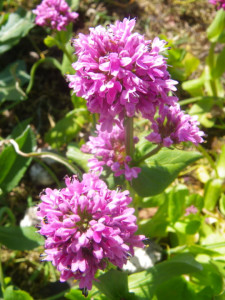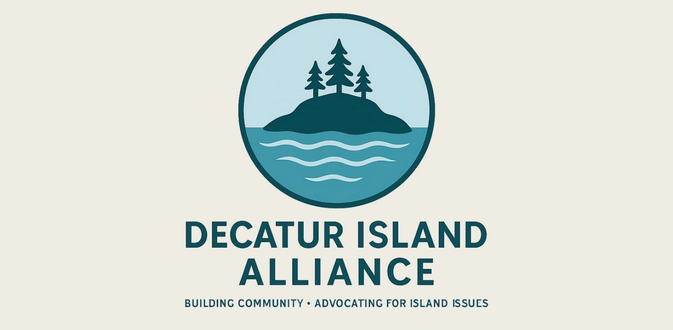— from Russel Barsh —

Plectritis (Sea Blush) in full flower now on Indian Island thanks to meadow protection (credit: Madrona Murphy 2015).
The Indian Island Marine Health Observatory launched its sixth field season on April 20-21 with netting some of the fishy denizens of the island’s eelgrass meadows, and a survey of sea stars and other marine invertebrates in the intertidal zone. Work was also done on the Driftwood Trail, and a special solar powered camera was installed overlooking the Oystercatchers’ nesting area, so that they can be monitored without approaching or disturbing them.
Kwiaht director Russel Barsh reports that while the total number of Ochre Stars at Indian Island have dropped to half the number seen this time last year, nearly all of them look healthy. There is a relatively high proportion of younger, smaller sea stars now–one in five, compared to one in twenty in 2014. Barsh says that the smaller stars are difficult to see because they are just the right size for sea gulls’ dinners, and more likely to hide deep inside crevices in the rocks.
There has also been a dramatic increase of wildflowers in protected meadows at Indian Island, and for the first time in many years, Killdeers nested on the island this spring and were showing off two healthy chicks to the surprise and delight of Indian Island volunteers. These changes for the better demonstrate the value of limiting activity on the vegetated part of Indian Island to the Driftwood Trail.
**If you are reading theOrcasonian for free, thank your fellow islanders. If you would like to support theOrcasonian CLICK HERE to set your modestly-priced, voluntary subscription. Otherwise, no worries; we’re happy to share with you.**







